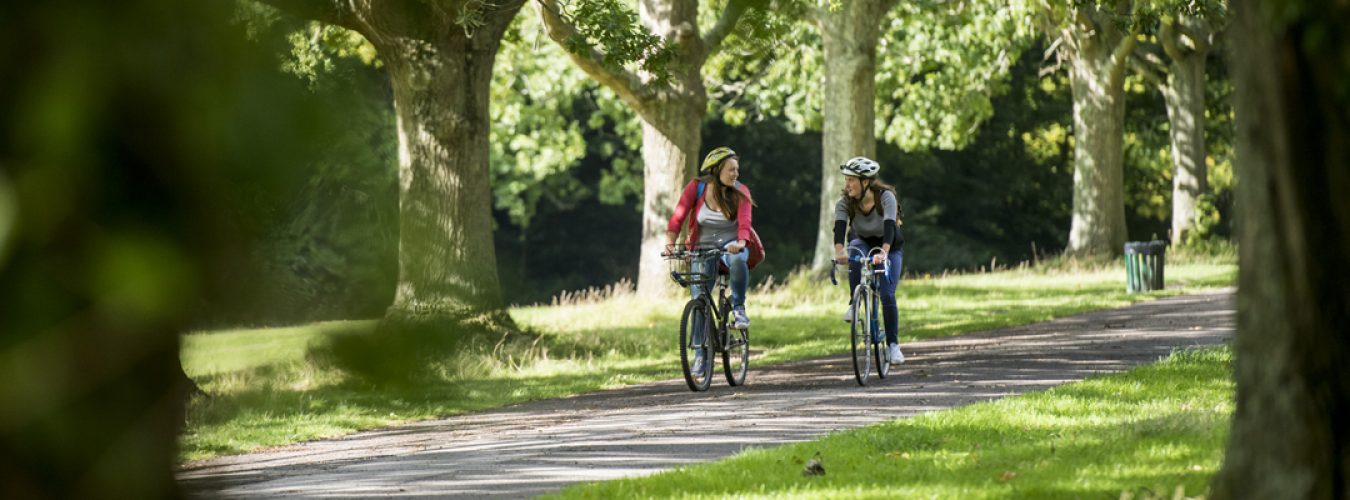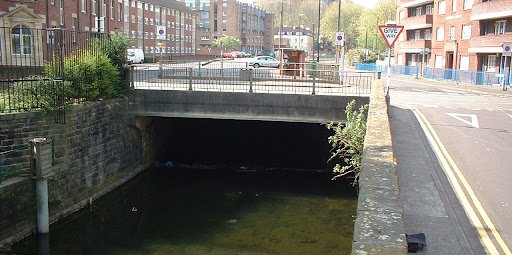About the Project
Supervisory Team: Prof Paul Kemp, Dr Andrew Vowles
Project description

Globally, freshwater fish have economic, ecological and cultural value. Freshwater ecosystems are the most degraded of all environments, and fish are one of the most threatened groups of vertebrates. Human activity, such as river engineering for irrigation, transport, water supply, electricity generation, and navigation, is a fundamental cause of the decline of many fish populations. The density of human-made barriers to fish movements in the UK and Europe is higher than anywhere on earth, with an estimated 0.78 barriers per km length of river. In many countries, however, culverts have been excluded from inventories of barriers and their density is unknown. Culverts are conduits that convey water under or through various structures, such as at rail or road crossings or embankments. They fragment river habitat and disrupt ecological processes, impeding or blocking the movement of fish. Culverts can physically block fish movement if they become perched due to scour, blocked with debris or sediment, or when water velocities are higher than the swimming capability of the fish (under high flows) or depths are insufficient (under low flows) to allow passage. Furthermore, abrupt transitions (e.g. in illumination associated with dark pipes) are thought to create behavioural barriers that limit movements. This project, conducted in collaboration with the JBA Trust and Environment Agency, will investigate how abrupt transitions in illumination at culverts impact the movement of fish through them. In combination with light, we will also explore how other confounding variables, such as velocity, depth and turbulence, interact to alter passage efficiency and delay. Tests will be conducted to document the value of artificial lighting to mitigate the impact of culverts on fish movements. Working as part of an interdisciplinary team of fish biologists and engineers at the Faculty of Engineering and Physical Sciences, the successful candidate will conduct a series of experiments using large-scale experimental facilities to investigate fish response to manipulated illumination and hydrodynamic regimes in test culverts. They will develop skills in experimental design, behavioural monitoring using fine-resolution filming techniques and particle tracking of fish movements, various analytical techniques such as Matlab and R, and technical writing capabilities. The student will also contribute to the overall output of the Centre for Doctoral Training in Sustainable Infrastructure for Cities (https://cdt-sicities.soton.ac.uk/) and will join a cohort of like-minded students working on interdisciplinary projects. The research team at the International Centre for Ecohydraulics Research (www.icer.soton.ac.uk) has a strong track record in publishing high impact scientific articles, public engagement and political outreach, and employability for graduates.
Entry Requirements
A very good undergraduate degree (at least a UK 2:1 honours degree, or its international equivalent).
Closing date: 31 August 2022
Funding: For UK students, Tuition Fees and a stipend of £15,609 tax-free per annum for up to 3.5 years.
How To Apply
Applications should be made online. Select programme type (Research), 2022/23, Faculty of Physical Sciences and Engineering, next page select “PhD Engineering & Environment (Full time)”. In Section 2 of the application form you should insert the name of the supervisor Paul Kemp
Applications should include:
Curriculum Vitae
Two reference letters
Degree Transcripts to date
Apply online: https://www.southampton.ac.uk/courses/how-to-apply/postgraduate-applications.page
For further information please contact: feps-pgr-apply@soton.ac.uk

